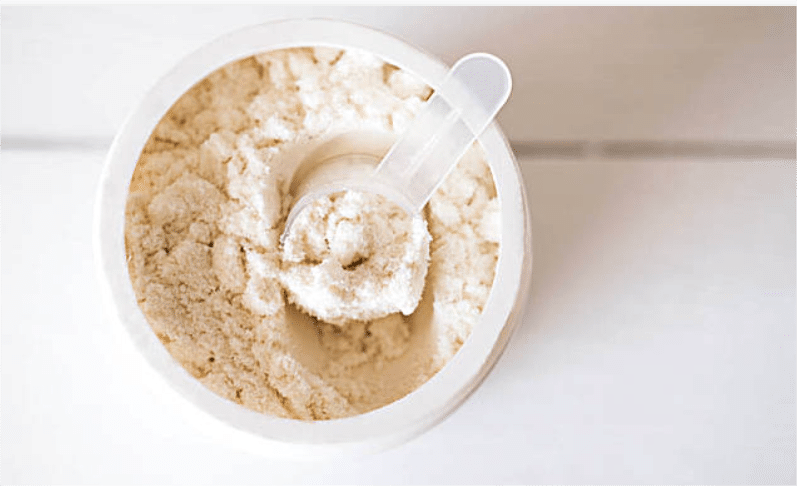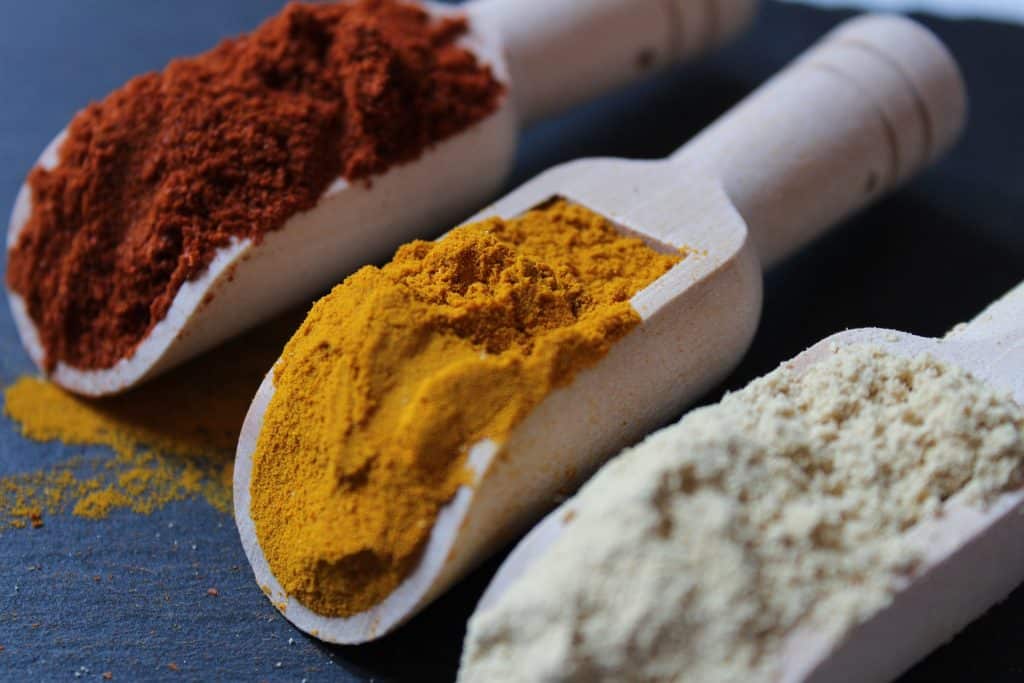What is S-adenosyl-L-methionine (SAMe) ?
What is L-Methionine ?
S-adenosyl-L-methionine (SAMe) and L-methionine are related but serve different functions in the body. Here’s a breakdown of their differences:
1. Chemical Structure and Function:
- L-Methionine is an essential amino acid, meaning it must be obtained from the diet. It is involved in protein synthesis and serves as a precursor to other important molecules, including SAMe.
- S-Adenosyl-L-methionine (SAMe) is a molecule derived from L-methionine. It is formed by the combination of L-methionine and adenosine triphosphate (ATP). SAMe acts primarily as a methyl donor in various biochemical reactions. It plays a crucial role in methylation processes that are involved in the regulation of gene expression, neurotransmitter production, and the synthesis of various important compounds like phosphatidylcholine.
2. Role in the Body:
- L-Methionine is required for the synthesis of proteins and peptides and is involved in the production of other sulfur-containing compounds, such as cysteine and taurine. It also serves as the precursor for SAMe.
- SAMe is involved in over 40 methylation reactions in the body. These include processes that affect the central nervous system (e.g., production of neurotransmitters like serotonin, dopamine, and norepinephrine), liver function (e.g., detoxification), and cellular health. SAMe has also been studied for its potential role in mood regulation, liver disease, and osteoarthritis.
3. Metabolism:
- L-Methionine is absorbed from the diet (found in protein-rich foods like meat, fish, dairy, etc.), and in the body, it is converted to SAMe via a series of enzymatic steps.
- SAMe is synthesized from L-methionine and ATP in the liver, and once it’s produced, it is involved in various methylation reactions. It can be broken down into other molecules such as homocysteine (which, in turn, can be converted back to methionine through the methylation cycle).
4. Clinical Uses:
- L-Methionine is sometimes used as a supplement for its antioxidant properties, particularly in promoting the detoxification of the liver and protecting against the buildup of toxins in the body.
- SAMe is widely used as a supplement for various conditions, particularly for its potential benefits in:
- Mood disorders, such as depression, where it is thought to support neurotransmitter synthesis.
- Osteoarthritis, where it may have anti-inflammatory effects and support cartilage health.
- Liver health, particularly in conditions like cirrhosis or fatty liver disease, where SAMe’s methylation processes might help protect liver cells.
5. Bioavailability and Supplementation:
- L-Methionine is commonly found in dietary sources and is usually consumed as part of a balanced diet.
- SAMe supplements are available but are often more expensive because the body’s conversion of L-methionine into SAMe is complex and SAMe itself is unstable in its pure form. In supplementation, SAMe is often stabilized in pill form for better absorption and bioavailability.
6. Side Effects and Risks:
- L-Methionine in excess can contribute to elevated homocysteine levels, which have been associated with cardiovascular disease and other health concerns. Proper balance with other B-vitamins like B6, B12, and folate is important to prevent this.
- SAMe is generally well-tolerated but may cause side effects like gastrointestinal discomfort, headaches, or insomnia. It may also interact with antidepressant medications (SSRIs, for example) due to its role in serotonin metabolism.
In Summary:
- L-Methionine is an amino acid primarily involved in protein synthesis and as a precursor to SAMe.
- SAMe is a methyl donor involved in many essential biochemical processes, including neurotransmitter production, gene regulation, and liver health.
If you are considering using either as a supplement, it’s a good idea to consult with a healthcare provider to ensure the right balance for your individual health needs.




